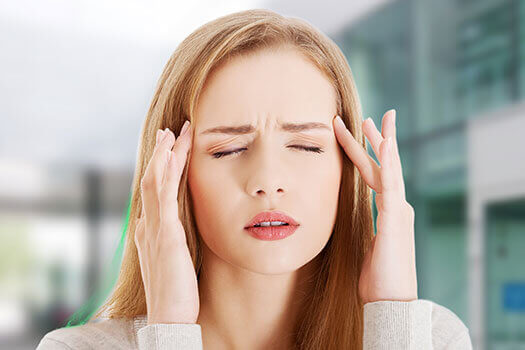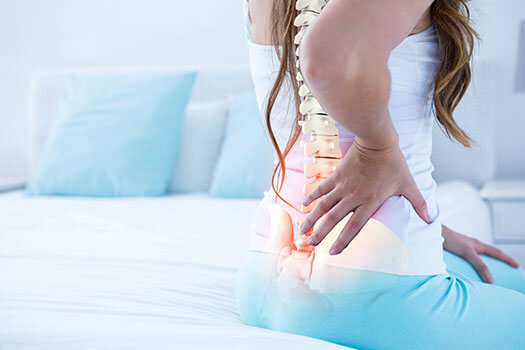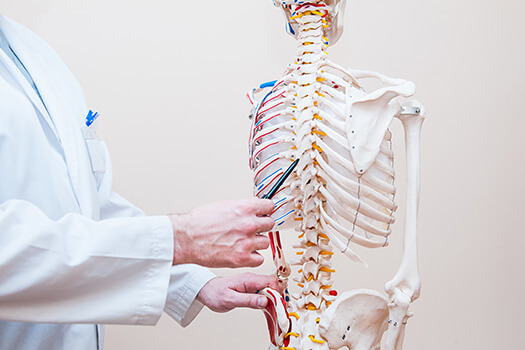As is the case with back pain, neck-related discomfort is often temporary. For those times when it’s not, it may be due to symptomatic cervical disc disease (SCDD), a general term used to describe local or radiating neck pain felt […]
Vertigo is a sense of spinning dizziness or a feeling like you’re about to lose your balance, and it’s associated with a wide range of conditions. While usually linked to inner ear infections, vertigo may also be caused by issues […]
Pain, cramping, tingling sensations, and general weakness in the lower extremities that contributes to difficulty walking are among the common symptoms associated with neurogenic claudication, a condition often associated with a narrowing of the lower spine, also referred to as […]
Made up of collagen and elastic fibers, the arachnoid is a membrane that protects spinal cord nerves. When this membrane becomes inflamed, it’s known as arachnoiditis, an often-painful condition typically characterized by burning and stinging sensations. Some patients also experience […]
Scoliosis is a sideways curvature of the spine that typically develops during the growth period occurring just prior to puberty. While the condition can develop later in life due to injury or a related spinal irregularity, it’s more common in […]
The spine is naturally curved to support body weight more efficiently. However, an excessive inward curvature of the lower spine called hyperlordosis can limit movement or contribute to back pain and stiffness. Also referred to as swayback or saddleback, hyperlordosis […]
The human spine is designed to be flexible, but not excessively soft. When the backbone softens to the point where blood supply is affected, it’s a condition known as cervical myelomalacia. Specifically, this type of spinal softening affects the upper […]
Cartilage is a firm, flexible connective tissue found in many areas of the body, primarily around bones and joints. In the spine, it helps joints and discs move without friction. Over time, cartilage can wear down, a process that’s sometimes […]
A peg-like upward extension in the spinal canal connects the first and second cervical vertebra in the neck to assist with head movements. This structure is referred to as the dens, or odontoid process. If calcium deposits form on this […]








